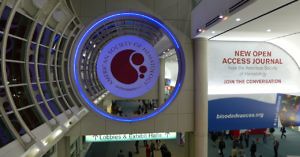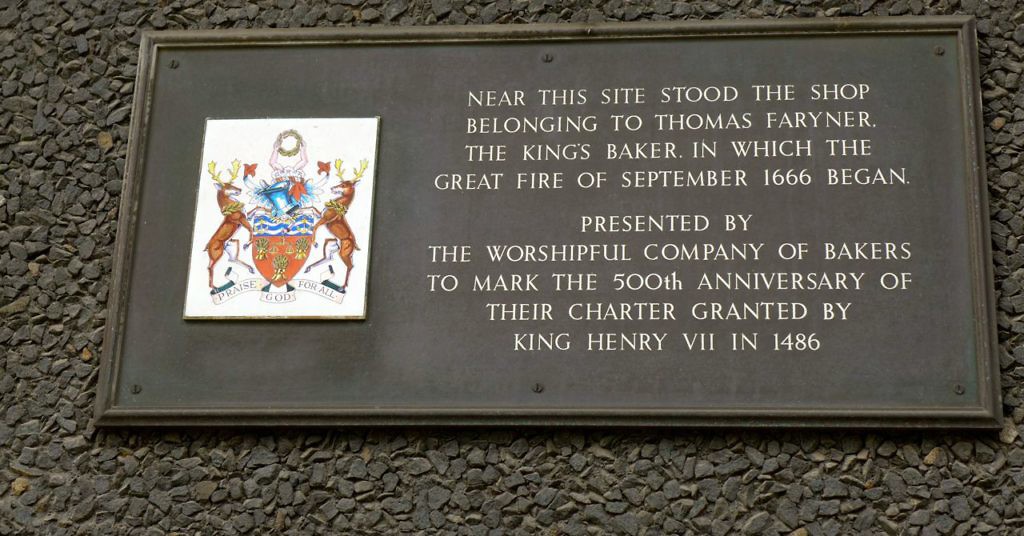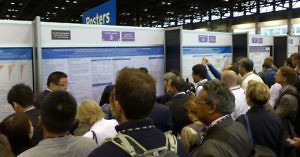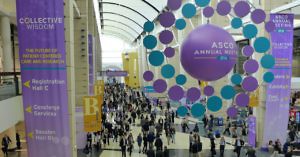Can we expect more surprises in 1L NSCLC?
Challenges and Opportunities in the evolving 1L NSCLC Landscape

Rolling English Landscape in Devon
Following a series of events – from BMS’s failure with nivolumab monotherapy… to Merck’s sudden announcement to file their combination of pembrolizumab plus chemotherapy… to AstraZeneca’s delay of the MYSTIC trial exploring durvalumab plus tremelimumab this week, there’s never a dull moment in lung cancer!
So can we expect some more surprises in store in 1L NSCLC?
I say yes we can!
The big questions are what are they and what impact will they have?
2017 is ironically, the year of the Rooster – so who’s going to crow loudly at dawn and who is going to get strangled in the process?
In the world of cancer research it is unlikely that everything wins or is successful, so figuring out the early signs and hints is an important part of the process.
One thing I learned early in this business is that it pays for companies to be humble, flexible and open minded rather than arrogant and dogmatic in their thinking… otherwise you can easily be blindsided.
There were a few examples of that in oncology R&D last year, a repeat could very well follow in 2017 for the unwary.
Here we look at 1L NSCLC in the context of multiple phase 3 trials that are slated to read out… from AstraZeneca, BMS, Merck and Genentech.
If you want to know what the potential impact of these events are on the landscape, including what we can expect from MYSTIC, CheckMate-227 and several others, then this is the post for you because some surprises are likely in store.
We cut through the chase to explain the what and the why in clear simple language.
Subscribers can log in to access our insights
This content is restricted to subscribers


 The Great Fire of London started 350 years ago in September 1666 following a fire in a Pudding Lane bakery. It highlights the potential of what a small fire can do once it takes hold – over the course of 3 days, 13,000 houses and 436 acres were destroyed. It forever changed the landscape of medieval London.
The Great Fire of London started 350 years ago in September 1666 following a fire in a Pudding Lane bakery. It highlights the potential of what a small fire can do once it takes hold – over the course of 3 days, 13,000 houses and 436 acres were destroyed. It forever changed the landscape of medieval London.
 Much has been written about the impact of cancer immunotherapies, particularly the twin pillars of checkpoint blockade and CAR T cell therapies, but beyond that lies a huge wealth of alternative approaches that may come in very useful indeed.
Much has been written about the impact of cancer immunotherapies, particularly the twin pillars of checkpoint blockade and CAR T cell therapies, but beyond that lies a huge wealth of alternative approaches that may come in very useful indeed. If you’re anything like me, just getting round the massive poster hall melée each day in one piece to nab the QR codes and chat to some KOLs felt like an achievement in itself, never mind having the time to read and digest them properly. This is why it’s nice to sit down and process some of the findings afterwards because there was actually quite a lot to learn on the nuances with later reflection.
If you’re anything like me, just getting round the massive poster hall melée each day in one piece to nab the QR codes and chat to some KOLs felt like an achievement in itself, never mind having the time to read and digest them properly. This is why it’s nice to sit down and process some of the findings afterwards because there was actually quite a lot to learn on the nuances with later reflection. We’ve noticed for a while now that trials involving immunotherapies have not just standard adverse events reported, but also immune related adverse events (irAEs). We saw these articulately in combination trials at ASCO earlier this month.
We’ve noticed for a while now that trials involving immunotherapies have not just standard adverse events reported, but also immune related adverse events (irAEs). We saw these articulately in combination trials at ASCO earlier this month. Continuing part two of our mini-series on colorectal cancer, today we move from the big scale Immunoscore study to small subsets of disease that are looking interesting in several ways.
Continuing part two of our mini-series on colorectal cancer, today we move from the big scale Immunoscore study to small subsets of disease that are looking interesting in several ways.
 A number of industry friends have uniformally expressed concern over how difficult it has been enroll such trials and bemoaned the broader – and often not anticipated – effect to the extent that some trials have even been terminated.
A number of industry friends have uniformally expressed concern over how difficult it has been enroll such trials and bemoaned the broader – and often not anticipated – effect to the extent that some trials have even been terminated.